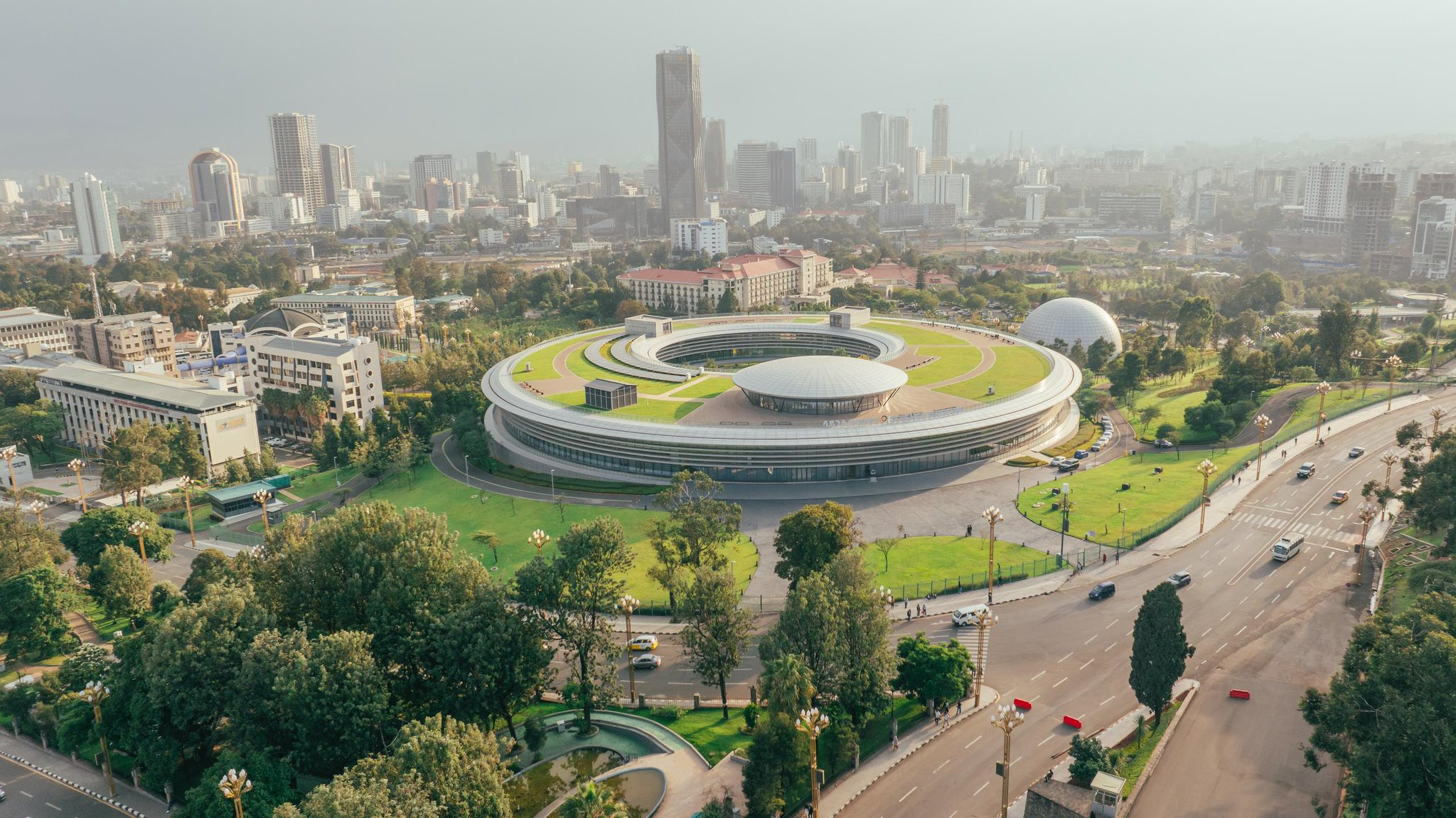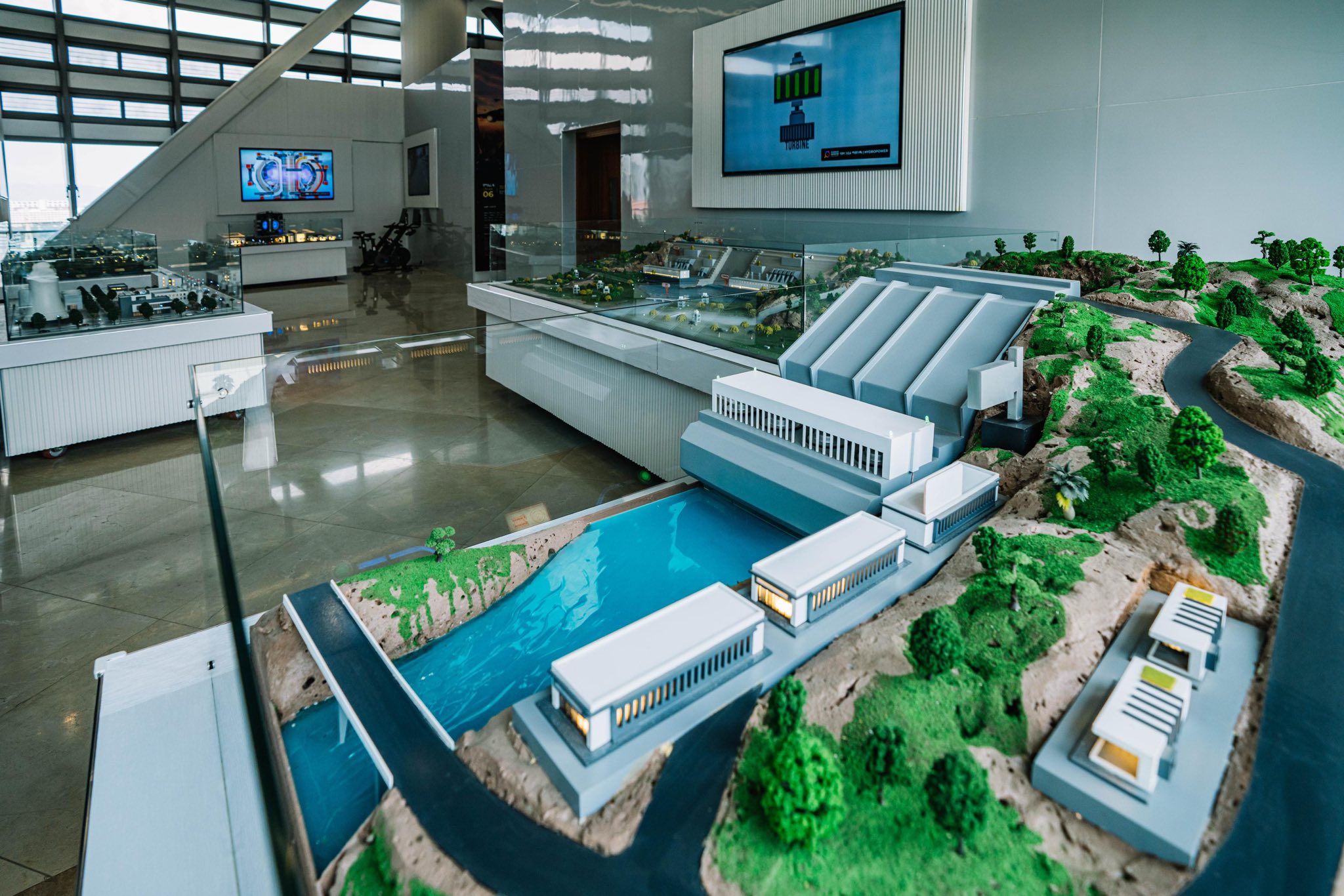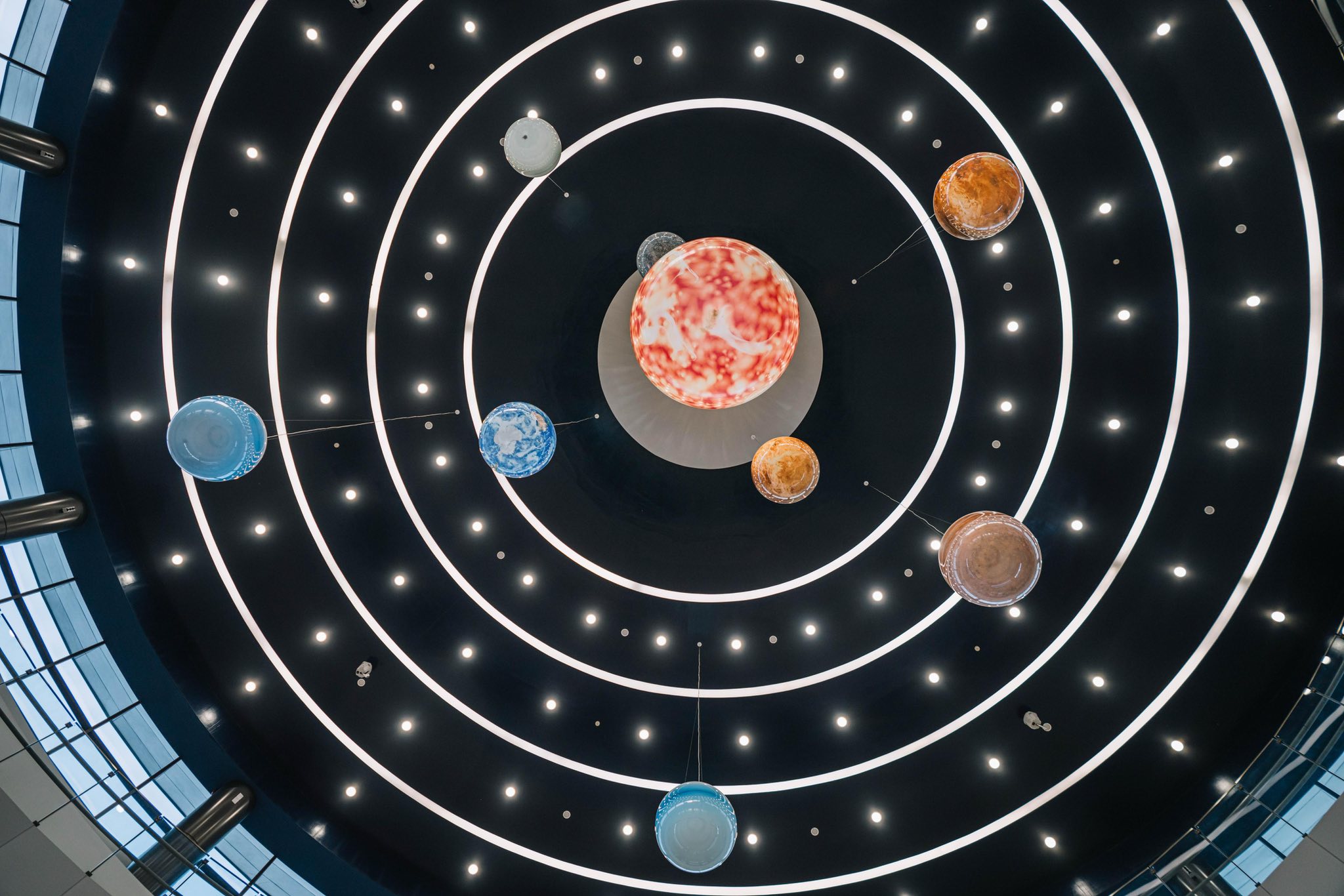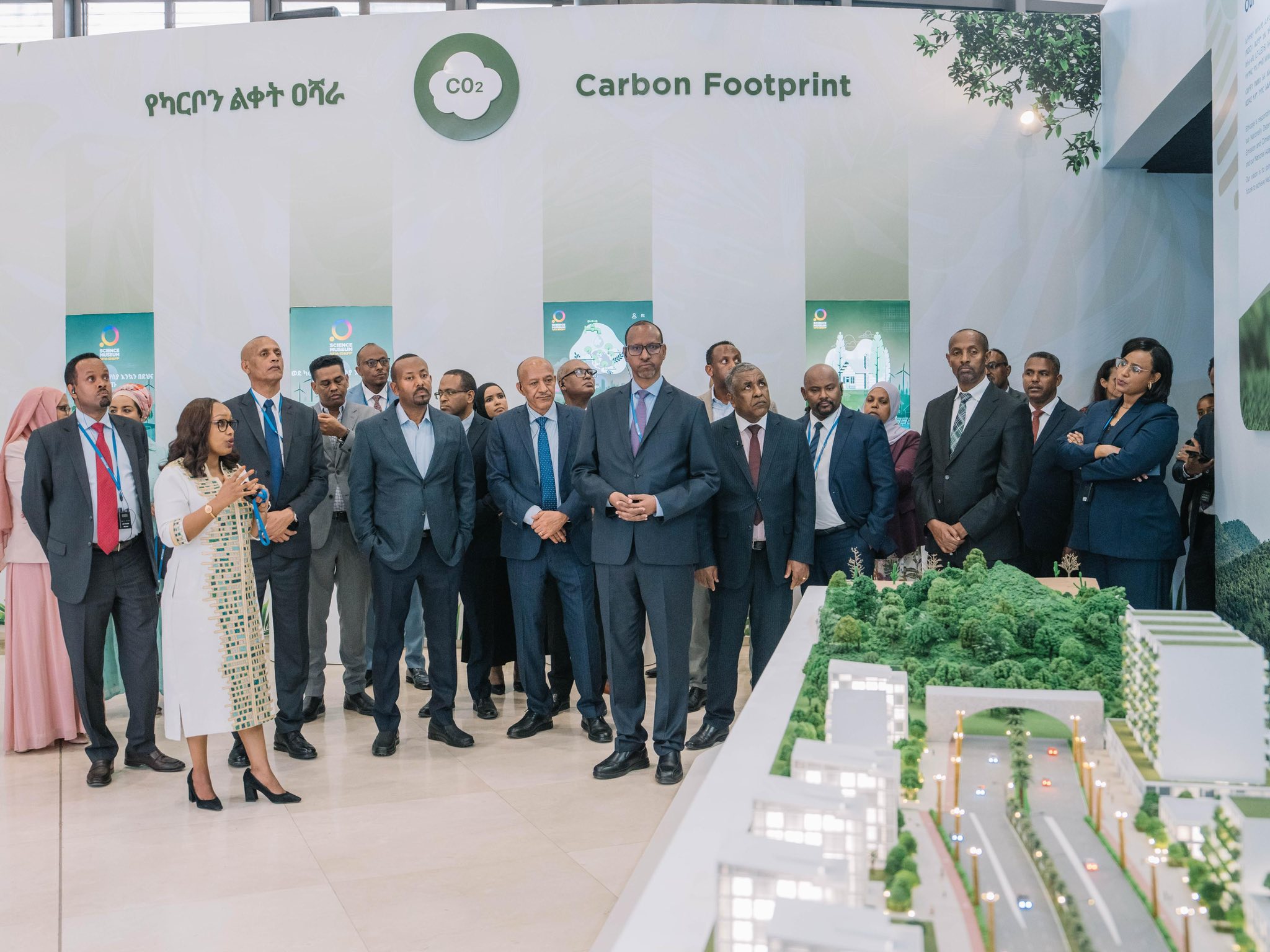Premier Abiy says future of Ethiopia depends on youth immersed in technology, science, and national confidence
Addis Ababa, June 14, 2025 (FMC) – Prime Minister Abiy Ahmed has called on Ethiopian families, educators, and the youth to explore the newly inaugurated permanent exhibition at the Science Museum, highlighting its significance as a gateway to the future and a rare opportunity to engage directly with transformative technologies.
The Science Museum, initially launched two years ago with a temporary display, now houses a fully installed permanent exhibition composed of five major interactive sections: Artificial Intelligence, Environment, Agriculture, Water & Energy, and Space & Aeronautics.

The Prime Minister noted that while the physical construction of the museum took less time, assembling and installing the permanent exhibitions required two years of intensive work and a substantial investment of resources.
Each section of the exhibition is designed to educate and inspire, especially Ethiopia’s younger generation. The Artificial Intelligence section presents the evolution of AI, from its origins to its current applications and future potential, with demonstrations of service robots and smart technologies used in hotels and urban settings.
The Environment section highlights the impact of human actions on nature, illustrating how deforestation, soil degradation, and other missteps lead to long-term consequences like drought and crop failure. It underlines the importance of living in harmony with the natural world.
The Agriculture section reflects on Ethiopia’s early role in the development of agriculture, while examining why technological advancement in the sector lagged behind.
It promotes modern techniques like precision farming and emphasizes how greater yields can be achieved even on small plots of land. It also pays tribute to Ethiopia’s native crops—such as teff, enset, and coffee—and their contribution to global food culture.

In the Water and Energy section, visitors can explore the formation and use of water, including its role in food production, sanitation, and power generation. The exhibit features models of various energy sources such as solar, geothermal, nuclear, fusion, and hydro.
A scaled representation of the Grand Ethiopian Renaissance Dam (GERD) is a key highlight, allowing visitors to engage with one of the country’s flagship infrastructure projects without needing to visit the site.

The Space and Aeronautics section showcases technologies not commonly accessible in Africa or even in many parts of the world. It includes immersive simulators of a Boeing 777 aircraft, a Leonardo helicopter, and a spacewalk simulator that allows visitors to experience astronaut movement in zero gravity. The exhibit also features systems related to air traffic management, unmanned aerial vehicles (UAVs), and aviation manufacturing.
The Prime Minister emphasized that many of the exhibition’s components—including original hardware from international aerospace and tech companies—are not available in university laboratories. He recognized the support of General Electric (GE), Boeing, Leonardo, and several French, UAE, and Ethiopian firms in helping bring the project to life.

Stressing the importance of youth engagement, the Prime Minister encouraged families to bring their children during the rainy season, noting that the hands-on, interactive nature of the exhibition makes it especially impactful.
By allowing children to touch, try, and see the technologies firsthand, the exhibition is designed to cultivate a generation that is not just informed, but innovative and forward-thinking.
The Prime Minister described the museum as an artistic and educational milestone, and a national asset with the power to nurture future scientists, engineers, and visionaries.
He underscored that children who grow up interacting with such environments will be better prepared to contribute to Ethiopia’s development.
The inauguration marks a milestone in Ethiopia’s broader push toward science education, innovation, and technological self-reliance. With its focus on both the country’s heritage and its future, the permanent exhibition stands as a symbol of aspiration and possibility for generations to come.


